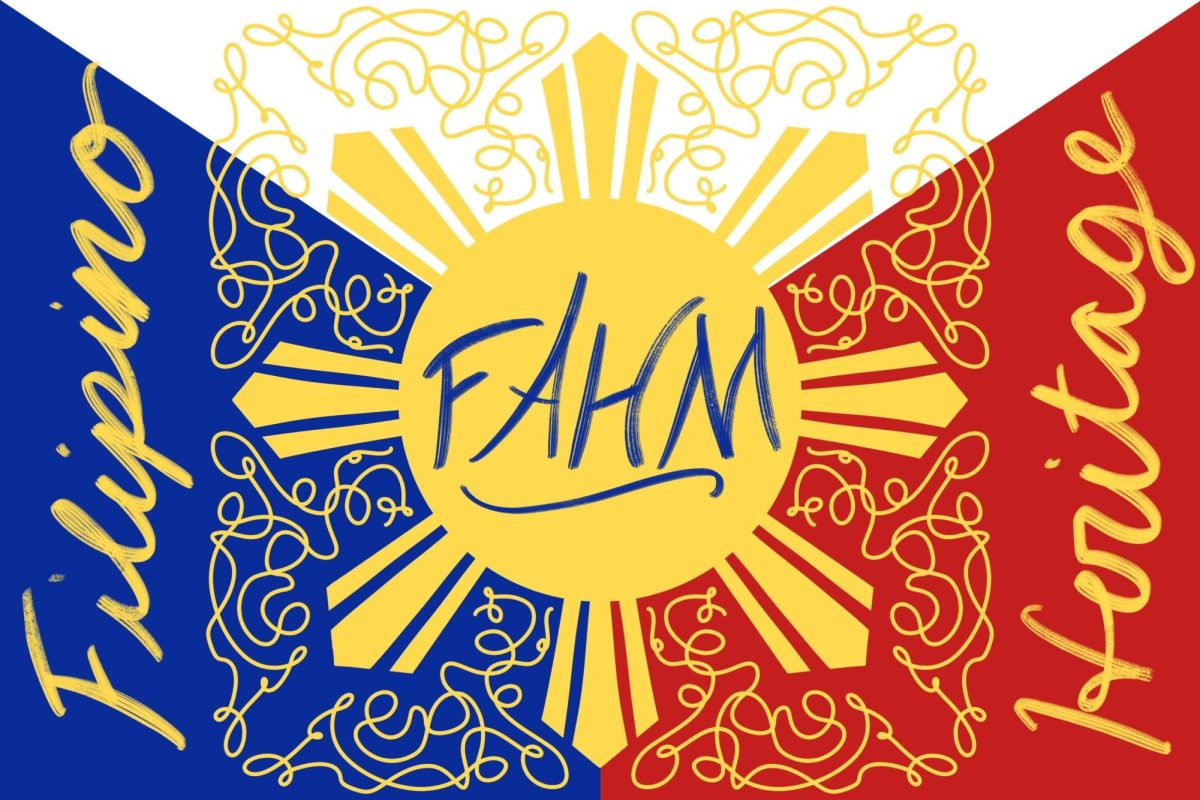Although Filipino American History Month is coming to an end, it is not too late to learn more about Filipino culture through its literature.
It would be impossible to create a list of books that encompass all the different ethnicities, regions and over 120 languages spoken in the Philippines. This list focuses on books written in English and published in the U.S., making it easy to find them in bookstores across the city.
“Some People Need Killing” by Patricia Evangelista
In “Some People Need Killing,” Patricia Evangelista documents her experiences as a journalist investigating the extrajudicial killings of thousands of Filipinos under former President Rodrigo Duterte’s administration. For her work, Evangelista interviewed both the families of victims and the members of the death squads that carried out the murders. The evocative title comes from one vigilante who tells Evangelista, “I’m not all bad. Some people need killing.” Evangelista’s writing captures the grief and tragedy of senseless murder and showcases the importance of the free press. The memoir clearly explains the sociopolitical dynamics in the Philippines, so you can read it even if you don’t know anything about Filipino politics.
“The Woman Who Had Two Navels and Tales of the Tropical Gothic” by Nick Joaquin
Nick Joaquin was a seminal figure in Philippine literature, and perhaps its most important Anglophone writer. “The Woman Who Had Two Navels and Tales of the Tropical Gothic” is a collection featuring his most significant works. If you are a fan of the author Gabriel García Márquez, then Joaquin’s dream-like stories will enchant you as he uses the genre of magical realism to explore the social realities of the Philippines. The titular short story, “The Woman Who Had Two Navels,” follows a woman hallucinating that she has two belly buttons. With this bizarre and surreal premise, Joaquin unpacks class and the legacy of Spanish colonialism. The collection also features his play “A Portrait of the Artist as Filipino” which follows two sisters left with their father’s mysterious self-portrait. In one of the most important pieces of Filipino theater, Joaquin questions how to construct a Filipino identity amidst the hegemony of contemporary Western culture.
“Trese Vol. 1: Murder on Balete Drive” by Budjette Tan and Kajo Baldisimo
There is a rich history of Filipinos working in comics — from the underappreciated contributions of artists like Nestor Redondo, Tony DeZuñiga and Alex Niño to DC and Marvel to the thriving indie “komiks” scene in the Philippines. “Trese,” a series written by Budjette Tan and illustrated by Kajo Baldisimo, helped revive interest in the Filipino “komiks” industry — especially after it was adapted into an animated Netflix show. The books, however, are far superior and the best way into the series is its first volume, “Murder on Balete Drive.” With a striking black-and-white art style, “Trese” is a classic noir detective story with a supernatural twist. Its protagonist, the enigmatic Alexandra Trese, investigates crimes connected to Filipino myths and superstitions. The perfect spooky Halloween read, “Trese” immerses readers in its mysteries and is a great introduction to Filipino folklore.
“Doveglion” by José García Villa
José García Villa was one of the only Asian poets in the Greenwich Village scene in the mid-20th century. Despite admiration from his peers, his work is often overlooked in retrospectives of the poetry from that era. “Doveglion, “ which is also Villa’s pen name and a portmanteau for dove, eagle and lion, is a collection of some of his most famous poems, paired with a wonderful introduction from acclaimed Filipino writer and NYU professor Luis Francia. Villa’s modernist poetry has a distinct musicality and playfulness. He employs a unique style where almost every word is separated by commas — forcing you to read his poems more slowly. Villa’s “Divine Poems” are a highlight of “Doveglion,” as he uniquely articulates the mystery of religious experience. Although Villa avoids directly referencing his background as a Filipino immigrant, his poetry is an important example of Filipino contributions to the American literary tradition.
“Horse Barbie” by Geena Rocero
In her memoir “Horse Barbie,” Filipino American activist Geena Rocero writes about her experience modeling for the biggest names in the industry, all while keeping her trans identity a secret. Rocero takes us through her upbringing in Manila competing in beauty pageants — practically a national sport in the Philippines — to her immigration and successful career as a model in New York City. Rocero makes astute observations as she compares the different states of trans acceptance in the Philippines and the U.S., revealing the need globally to uphold trans rights and celebrate queer culture. “Horse Barbie” recounts Rocero’s pain in hiding her transness, but it is also a joyous celebration and reclamation of her identity.
Contact Ella Sabrina Malabanan at [email protected].


























































































































































